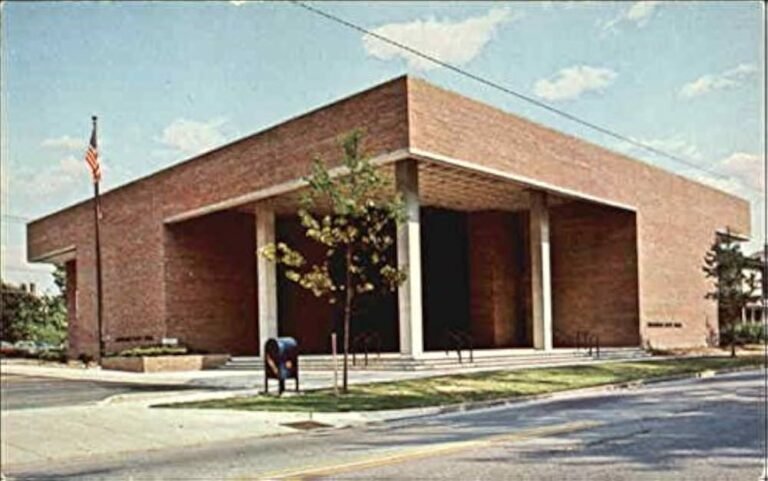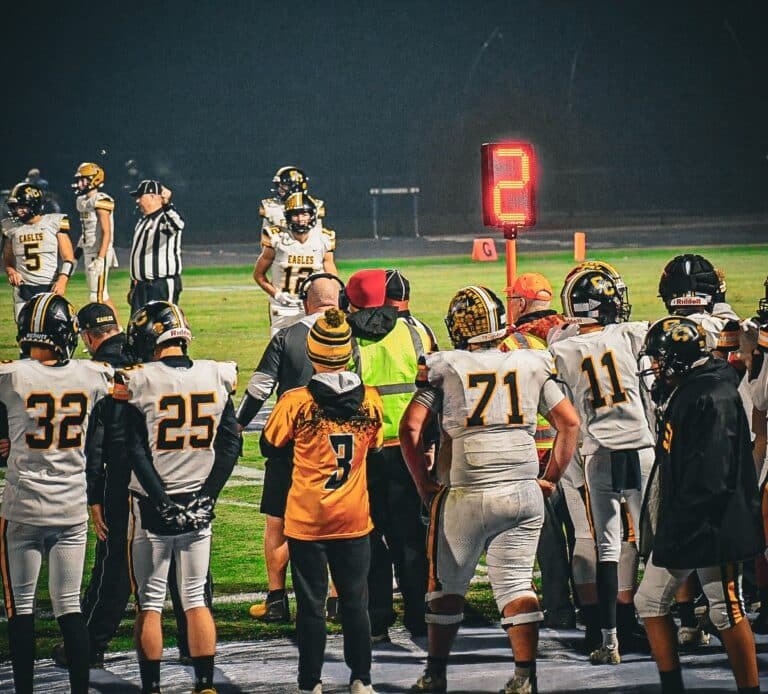
By April Rodgers, Freelance Journalist, FreeWire | Your News, Your Voice
If you have a school aged child in your household, chances are you have heard the term “6-7.”
We cannot imagine how teachers are making it through the school day hearing it over and over again. Guess what though, there is more news! The slang that has found its way into nearly every conversation, every exchange of words, and every response to any question involving children as young as elementary age has officially been declared the Word of 2025 by Dictionary.com: “6-7.”
What started as a social media inside joke among middle schoolers has now taken over classrooms, hallways, and even dinner tables. The phrase has become an all purpose response, sometimes meaning “maybe,” other times “I do not care,” or even just serving as filler when kids do not know what else to say.
When parent of three Nicole Miller was asked if she has heard the term “6-7” at home, she said yes. “My fourth grade son says ‘6-7’ and has even taught it to his little brother to say. He told me ‘6-7’ means a basketball player that was 6’7”.”
The trend has grown so big that even the Bucyrus High School Marching Band included “6-7” in one of their halftime performance dances, a nod to the cultural moment that is defining youth language this year.

Linguists say it is a natural evolution of youth slang in the digital era—short, cryptic, and impossible for adults to fully decode. Teachers and parents, on the other hand, may have a different take
Whether you love it, hate it, or still do not understand it, one thing is for sure: “6-7” is not going anywhere anytime soon.
The actual meaning of “6-7” is nothing. Absolutely nothing.




















